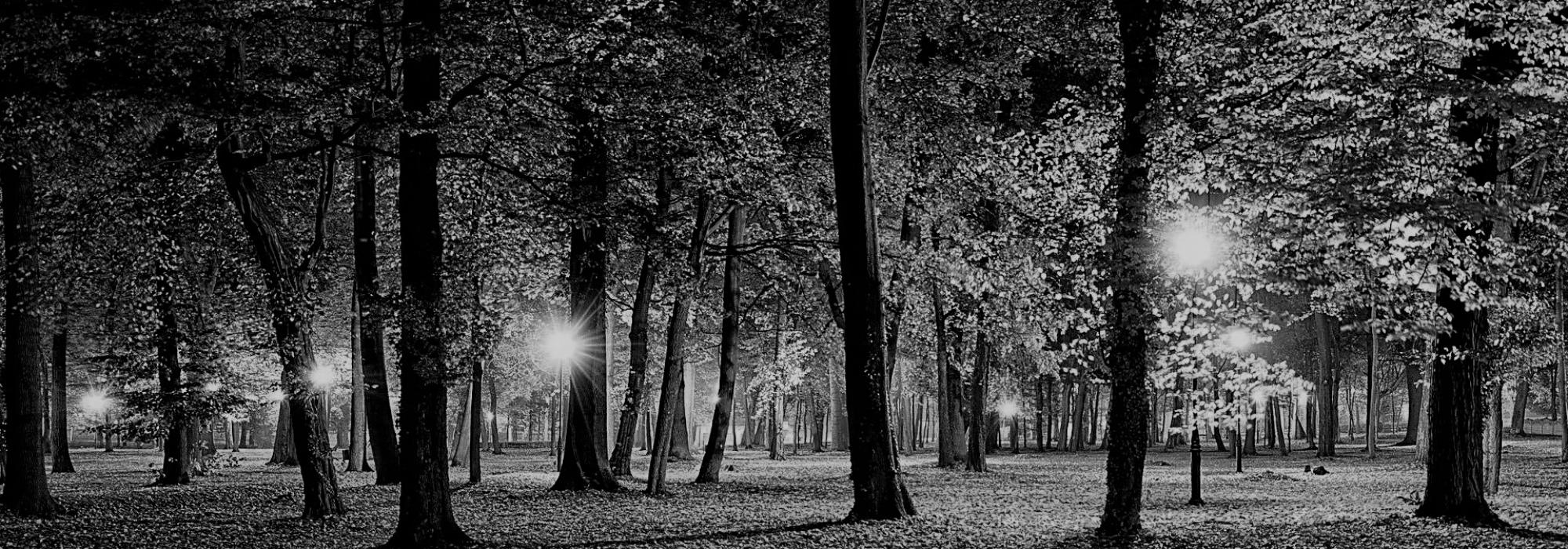Kirīṭa-pati Veṅkaṭācārya (18th–19th cen. CE) was a great scholar of several śāstras and was a champion of Viśiṣṭādvaita philosophy. He lived in Sura-pura, a province in Karnataka. It is said that he wore Viśiṣṭādvaita as a crown and was hence called ‘Kirīṭa-pati.’ Dvaita and Advaita were his sandals, it seems! As he walked through the streets, attendants would fan him from either side. He had named those fans para-mata-khaṇḍana (denouncement of the opponents’ arguments) and sva-mata-maṇḍana (establishment of one’s own arguments). He fondly called his walking stick Śrī-bhāṣya (Rāmānujācārya’s commentary on the Brahma-sūtras) and umbrella Yati-rāja (one of the several honorifics of Rāmānujācārya). His students sang his fame in the following manner:
गदाधरीयखण्डन प्रचण्डवादिभण्डन
प्रकाण्डयुक्तिमण्डन प्रभूतकीर्तिहिण्डन।
जय स्वपक्षरञ्जन द्विषद्द्रुमप्रभञ्जन
प्रपञ्चदर्पभञ्जन त्रयीवधूदृगञ्जन॥[1]
Victory to him, who dismissed Gadādhara-bhaṭṭācārya’s works, debunked the arguments of towering debaters, put forward infallible logic, gained unparalleled fame, and delighted his people! A veritable torrent that uproots opponent-trees, he crushes the world’s pride. Indeed, he is the collyrium to the eyes of the Veda-woman.
He once visited Peshwa Madhav Rao in Pune. His students carried his medals and honours with great pomp. The Peshwa asked a person beside him: “Who is this?” Veṅkaṭācārya overheard this and immediately composed the following verse, which reads like one written in Marathi:
कणभयिता हे तर्के फणभयिता हे सुशब्दगणनोदर्के।
मन्दरवृत्तं वर्ते श्रुत्यन्तसुधाम्बुधौ महागर्ते॥[2]
I am someone who can frighten Kaṇāda with logic and terrify Patañjali with grammar, the science of flawless words. In order to churn the deep ocean of Vedānta, I act like the Mount Mandara.
The next verse gives us a flavour of his intellectual haughtiness:
णे रणाविति सूत्रार्थं भगवान् वेद पाणिनिः।
अहं च भाष्यकारस्तु तत्त्वतो वेत्ति वा न वा॥[3]
Bhagavān Pāṇini and I are the only ones who know the true import of the grammatical aphorism ‘ṇe raṇau.’ I’m not sure if Patañjali understands it fully.
A poet by name Kaliṅga summited the peaks of self-confidence with unprecedented panache. Tradition has preserved for us but a single verse of this great poet:
हे गोदावरि देवि तावकतटोद्देशे कलिङ्गः कवि-
र्वाग्देवीं बहुदेशदर्शनसखीं त्यक्त्वा विरक्तिं गतः।
एनामर्णवमध्यसुप्तमुरजिन्नाभीसरोजासनं
ब्रह्माणं गमय क्षितौ कथमसावेकाकिनी तिष्ठति॥[4]
O river Godāvarī, I, Kaliṅga, now forsake Sarasvatī on your banks. She’s a dear friend who’d accompanied me in my global tour. I have no interest in worldly matters anymore. And so, I beseech you, please take her to Brahmā—who took birth from Viṣṇu’s navel-lotus—residing in the ocean. Left alone, how can she survive in the world?
The not-so-subtle suggestion is that the poet is Sarasvatī’s sole refuge! In a circuitous manner, this reminds us of Bhava-bhūti’s self-description:
यं ब्रह्माणमियं देवी वाग्वश्येवानुवर्तते।[5]
The Goddess of Speech attends on me like an obedient handmaid.
In order to show that present-day Sanskrit literature is not bereft of references to scholarly self-assertion, we provide a few examples:
V Raghavan (1908–1979) was a literary giant of the last century. He authored more than a hundred books and over a thousand research papers. Apart from these, he has numerous creative works to his credit. In his ten-act play Anārkalī, he appears as the sūtra-dhāra (stage-director). A supporting character addresses the following words to him:
... एतादृशेषु प्रश्नेषु भवत एव प्रमाणं वदति लोकः। तद्यथा यथा भवन्तः प्रसाधयिष्यन्ति साहित्यमार्गं तथा तथा स प्रथिष्यते।[6]
… In questions like these, the world accepts your words as conclusive. The literary world marches along in the way you lead it.
Rewa Prasada Dwivedi (b. 1935) is a well-known Sanskrit scholar and poet. In Kāvyālaṅkāra-kārikā, his independent treatise on Sanskrit poetics, he says:
काव्येषु सीताचरिताभिधेन
कृताभिषेके द्युसरिद्रसेन।
शास्त्रेषु मे कारिकयानया स्या-
ल्ललाटिका काचन विश्वनाथे॥[7]
Through my epic-poem Sitā-carita, I bathed the deity Viśvanātha with rasa akin to the sacred waters of Gaṅgā. Kāvyālaṅkāra-kārikā, my śāstric work, is a befitting diadem offered to the deity.
Abhiraj Rajendra Mishra (b. 1943) is one of the great Sanskritists of our time. He is popularly known as Triveṇī Kavi. He has contributed to all genres of literature such as prose, poetry, song, drama, and essay. Of himself, he says:
मूलं श्रीकविकालिदासकविता श्रीहर्षवाणी तनुः
पत्रं श्रीजयदेवदेववचनं श्रीबिल्हणोक्तं सुमम्।
श्रीमत्पण्डितराजकाव्यगरिमा यस्य प्रभूतं फलं
जीयाद्धन्त निसर्गजोऽयमभिराड्राजेन्द्रकल्पद्रुमः॥[8]
The wish-fulfilling tree that is Abhiraj Rajendra Mishra has Kālidāsa’s works as roots, Śrī-harṣa’s poetry as body, Jayadeva’s words as leaves, Bilhaṇa’s compositions as flowers, and Jagannātha’s poetic utterances as fruits. May it prosper forever!
Shankar Rajaraman (b. 1976) is one of the finest Sanskrit poets of the twenty-first century. He is an acknowledged master of citra-kāvya (constrained poetry). Writing of his poem Bhārāvatāra-stava, he says, “With the arrival of this work, the great serpent lost his coveted position of being Śiva’s ear-ornament”:
श्रीशङ्करेणार्यगणेशवाचा
भारावतारस्तव एष चक्रे।
तत्याज यस्मिन्नुदिते फणीन्द्रः
श्रीकण्ठकर्णाभरणप्रतिष्ठाम्॥[9]
[1] Kannaḍadalli Avadhāna-kalè (Kannada), p. 33
[2] It is likely that this verse has been corrupted in the process of transmission over the centuries. As it stands, a few words in it are grammatically incorrect. The following is perhaps the correct version:
कणमयिताहे तर्के फणमयिताहे सुशब्दगणनोदर्के।
मन्दरवर्तं वर्ते शृत्यन्तसुधाम्बुधौ महागर्ते॥
Shankar Rajaraman ingeniously arrived at the correct reading by arguing that the words kaṇa-bhayitāhe and phaṇa-bhayitāhe are incorrect. He ascribed the reason for this to the Deva-nāgarī script, in which bha and ma are orthographically similar. The correct words, therefore, are kaṇam ayitāhe and phaṇam ayitāhe. (Ayitāhe is the first-person singular form of the verb ay-gatau in the periphrastic future tense.) We thank Shankar for his fantastic inferential deduction. Further, mandaravartaṃ varte (with the ṇamul affix to the root vṛt-vartane) is a better reading than mandara-vṛttam varte.
Kannaḍadalli Avadhāna-kalè (Kannada), p. 33
[3] Kannaḍadalli Avadhāna-kalè (Kannada), p. 34
[4] Quoted as an example of Kāvyaliṅga-alaṅkāra in Appayya-dīkṣita’s Kuvalayānanda
[5] Uttara-rāma-carita, 1.2
[6] Anārkalī, p. 4
[7] Kāvyālaṅkāra-kārikā, p. 38
[8] Abhirāja-saptaśatī, p. iv
[9] Bhārāvatāra-stava, p. 30
To be continued.
















































